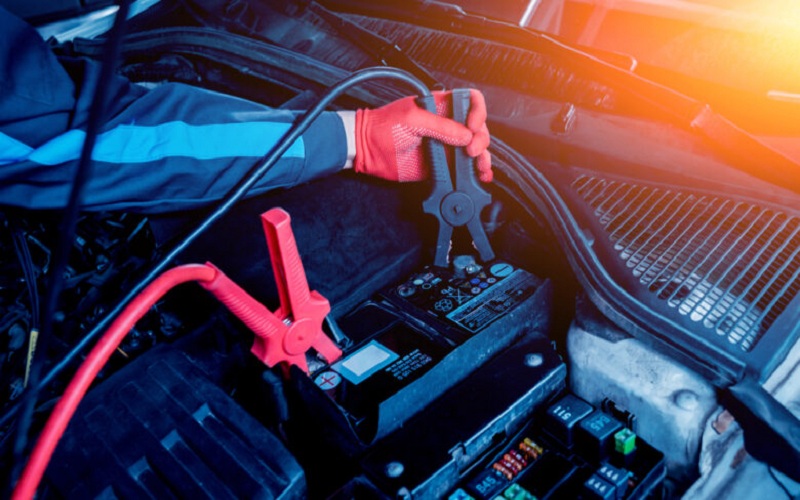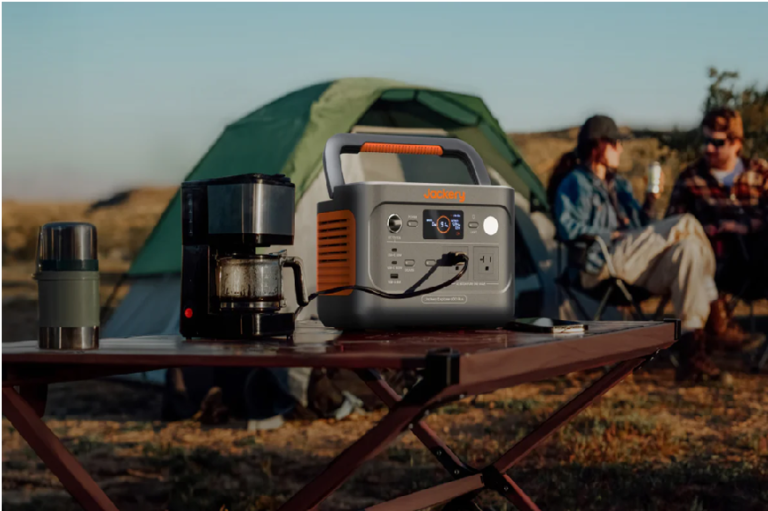Choosing the correct lead acid battery for your application can seem like a complex task with the various options available in the market. However, making an informed selection starts with understanding the different types of lead acid batteries and their unique characteristics. The three main categories – flooded, and gel, along with AGM – each have their pros as well as cons related to factors like maintenance requirements, in addition to upfront cost, as well as total lifetime expenses. This article lists the top eight errors to avoid when choosing lead acid battery solutions.
1. Not Considering Your Power Requirements
It’s important to carefully analyze the power needs of your particular application when choosing a lead acid battery. The amp-hour capacity of a battery is used to assess how much current it can safely produce over an extended period of time. A battery’s amp-hour capacity determines whether or not it has sufficient power reserves for your requirements. It’s simple to forget about this crucial detail as well as get an inadequate battery. It may lead to issues if you get a battery that is less amp-hour capable than what your application requires.
It’s possible that the battery won’t have enough current to start heavy gear or supply backup power when needed. Every time this is done, the battery is subjected to needless stress. The battery will eventually overwork itself to the point of premature failure. It’s crucial to take into consideration any needs for surge power. Extra current is required by many applications in order to perform tasks like starting an engine. For a battery to withstand these brief surges in power consumption safely, there must be headroom above typical load. The battery runs the danger of being pushed over its limitations and suffering harm if it does not have enough capacity, including surge allowance.
2. Ignoring Environmental Conditions
The lifespan and performance of a lead acid battery are greatly influenced by the environmental factors in which it will be operated. Because lead acid batteries are so sensitive to temperature, their capacity to store a charge can be weakened by both extremely high and low temperatures. A battery’s operating temperature range must correspond to the local temperature. Batteries are made to function optimally in specific temperature ranges, both minimum and maximum. Over time, even seldom exceeding these levels might cause internal component damage.
Outside of the optimal temperature window, the electrochemical processes inside the battery slow down or speed up. This has an impact on how long it can run a load before needing to be recharged. It’s also important to take into account elements like ventilation and direct sunshine exposure. To disperse the heat produced during usage, batteries require sufficient airflow surrounding them. However, as direct sunlight can cause the inside temperature to rise above that of the surrounding air, they should be shielded from it. Heat accumulation inside the battery shell can hasten corrosion and capacity loss if there is inadequate ventilation.
3. Overlooking Battery Size and Fit
The dimensions and size of the lead acid battery that you select will determine how well it fits into your installation area or equipment. Batteries vary in width, height, and length based on how much power they can hold and how they are made. Make sure the battery can physically fit into the designated space with enough room before making a purchase. This entails taking measurements of the available area and verifying the battery specs twice. Be mindful of specifics such as direction and terminal location.
The battery selected must meet any criteria for side, top, or D-shaped terminals, as required by certain applications. If many batteries must be positioned next to each other or in cabinets with limited access, the breadth is crucial. It is important to take into account the height of the battery, particularly in situations where there are limited places beneath, such as engine compartments. There might not be enough space for ventilation and heat dissipation in a battery that is too small. Likewise, the length needs to allow for the cabling and connectors in addition to the battery shell as a whole.
4. Disregarding Battery Type
Lead acid batteries come in three main varieties: flooded, gel, and AGM. Each has a special construction and set of features. The least expensive choice up front is flooded batteries, but they need to have their fluid levels checked frequently and water replaced as needed. This upkeep requires patience and work. Because the electrolyte in gel or absorbed glass mats is immobilized, gel and AGM batteries are entirely sealed and require no maintenance. As a result, they do not require water.
Gel and AGM batteries do not require maintenance, however they usually cost more at first than flooded batteries. When selecting the type of battery, it is crucial to take into account aspects like your ability to maintain it, your spending limit, and the intended purpose of the battery. Long battery life may be achieved by selecting the design that best suits your working conditions and unique power requirements.
5. Overlooking Battery Life Expectancy
Temperature, depth of drain, length of time needed to recharge, and other variables affect battery life. Think about the anticipated battery life and the application duty cycle. For renewable energy, deep cycle batteries have a longer lifespan than starter batteries. Choose a battery that is rated for the quantity of cycles needed. The needless replacement of prematurely worn-out batteries raises long-term expenses.
6. Not Taking Ownership Total Into Account
Although the initial cost is important, take into account the entire cost—including replacement costs—over the battery’s anticipated lifespan. Compared to flooded batteries, more costly sealed AGM or gel batteries need less maintenance but have a higher initial cost. The initial greater cost of sealed batteries may be surpassed over time by the maintenance and early replacement expenses of flooded batteries.
7. Ignoring Proper Installation and Maintenance
The installation of batteries must adhere to the manufacturer’s instructions about terminal placement, ventilation, etc. For flooded batteries, routine maintenance is necessary, such as cleaning and monitoring the electrolyte levels. The lifespan of batteries can be shortened by skipping installation and maintenance procedures. For sealed batteries to function as intended, they occasionally need to be checked and recharged.
8. Not Making a Purchase from a Reliable Vendor
Collaborate with vendors who possess expertise in your sector’s applications. Based on your needs, they may assist in choosing the best battery for the task. Unknown, less expensive brands could not function or offer quality. Seek vendors who offer warranties and strong technical assistance to handle any problems that may come up. Working with trustworthy brands and suppliers improves the assurance of system dependability and overall cost.
Conclusion
You may choose carbon black for battery or lead acid battery solutions that are appropriate for your unique power requirements by taking the effort to avoid these typical blunders. Batteries that provide value during their lifespan are those that take into account application requirements, environmental considerations, battery type selection, installation, maintenance, and supplier reputation. Feel free to speak with battery specialists as needed to determine the best course of action for dependable and economical operations.















+ There are no comments
Add yours